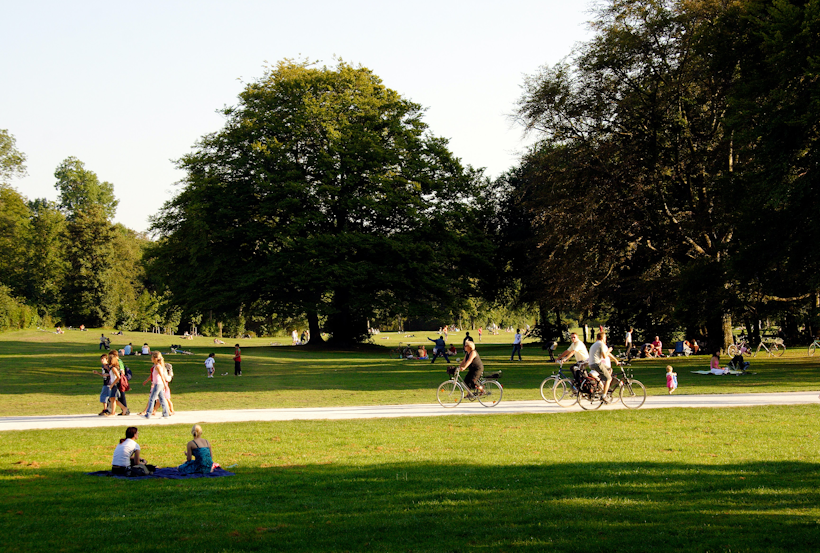As we plan for the future, green spaces need to become a priority, coinciding with a greater focus on encouraging good mental health and well-being. Access to nature is set to become higher up on the list of planning and local authority requirements, with this current pandemic highlighting the signification of biophilia: the innate need for humans to connect with what’s alive and vital.
Sustainability is a word that’s gained a lot of traction in recent years and it affects every aspect of our lives, including how we eat, shop, live and travel. Equally, there has been a lot of discussion surrounding sustainable communities - what they are, how they work and why they’re important. Also known as a ‘green’ or eco-friendly community, this way of living has a wealth of important benefits, for both the members of that community and the wider planet as a whole.
Humans are naturally social animals and communities are vital for our general health and wellbeing, as well as providing resources, support and shared experiences. In the last few months, we haven’t been able to socialise or live our lives around the ‘traditional’ communities we’d created, but through the enforced change we’ve proved that although different, we’ve created a community spirit online to keep us connected. Whatever the circumstances, we need to share and support each other to keep healthy and happy.

A green community is one that implements environmentally friendly practices to meet the needs of its members. The ethos behind a green community also ties heavily into sustainable development, defined by the World Commission on Environment and Development 1987 as:
Over 80% of the population of Europe and North America live in urban areas, and this is only set to increase over the coming years. This rapidly increasing urbanization has a drastic impact on other important factors, such as climate change, wealth distribution and globalization.

Climate change is naturally one of the main motivations behind the implementation of green communities and sustainable communities offer a way of living that places people’s long term needs at the centre. This is vital for the general health of the population and planet, and green communities place an emphasis on key factors such as:
- Good quality air and water, healthy food and good housing.
- Good quality education, a vibrant culture, good health care, satisfying employment or occupations and a sharing of wealth.
- Safety in public places, equal opportunities, freedom of expression and catering for the needs of the young, the old and the disabled.
You can read more about the theory, policy and practice of building a sustainable community in this Infed article here.
Living in a green community provides a wealth of benefits for residents, including improved health and wellbeing, increased morale, reduced energy costs and cleaner air.
Sustainable communities also rely on biodegradable and recyclable materials for buildings, parks and insulation, which reduces their carbon footprint and lowers energy consumption.

As you might expect, green spaces are a vital part of building a green community and an increased number of community gardens, trees and parks ensures that residents benefit from lower CO2 emissions, reduced stress levels, increased fitness and overall improved mental health.
Plants are a vital part of creating a green community, which is why we’re committed to creating greener, cleaner and healthier spaces for communities across the world. For an introduction to our work and the Viritopia Living Wall System, click here to find out more.


